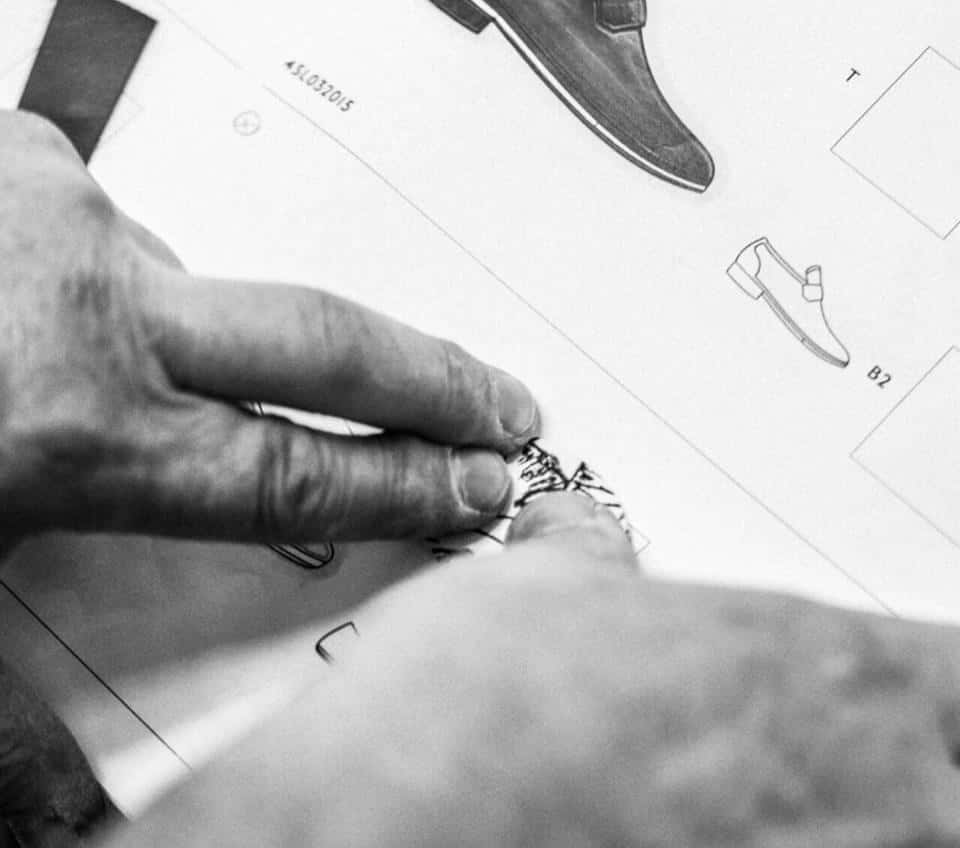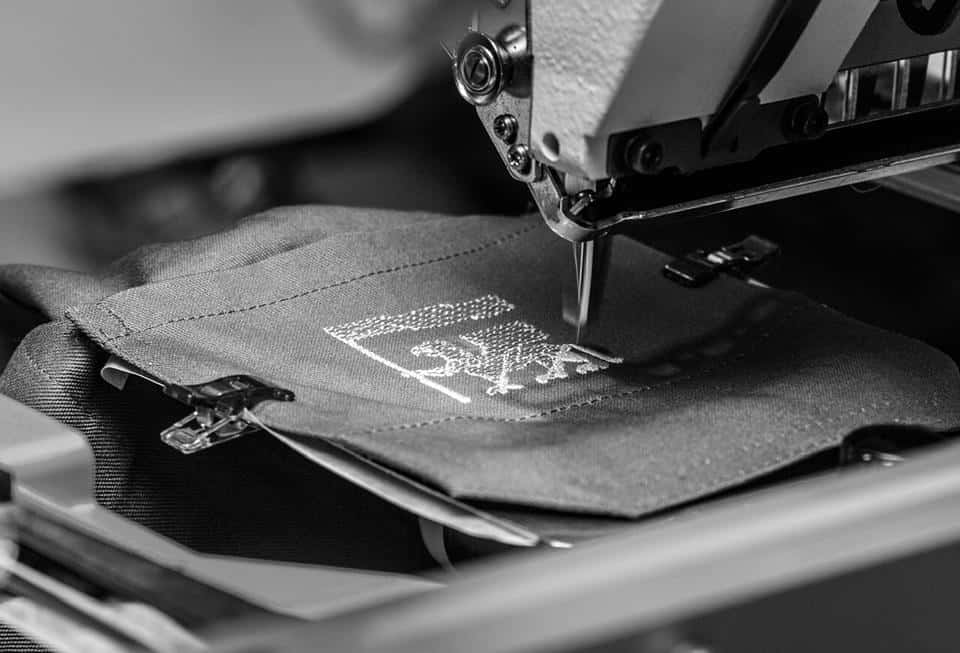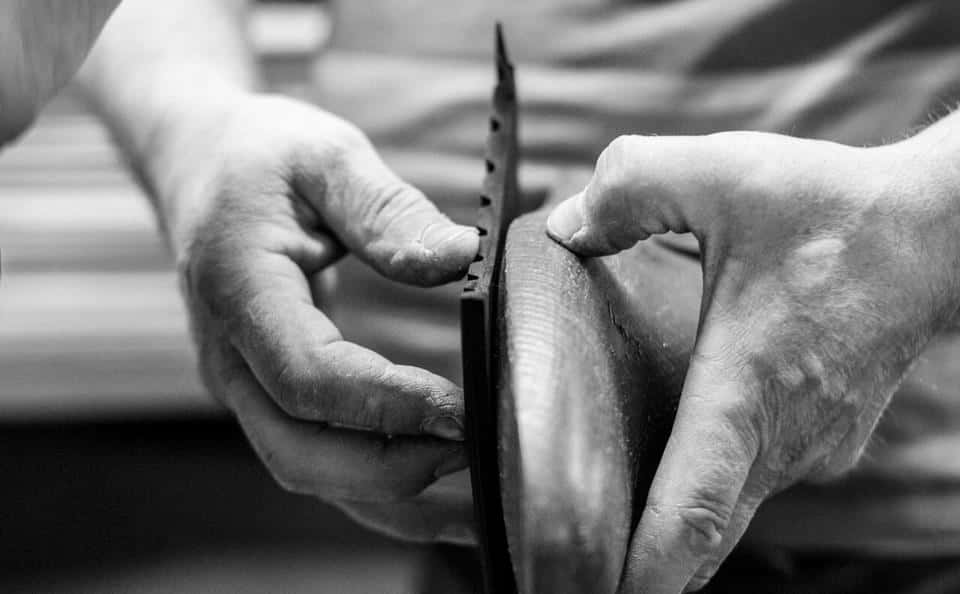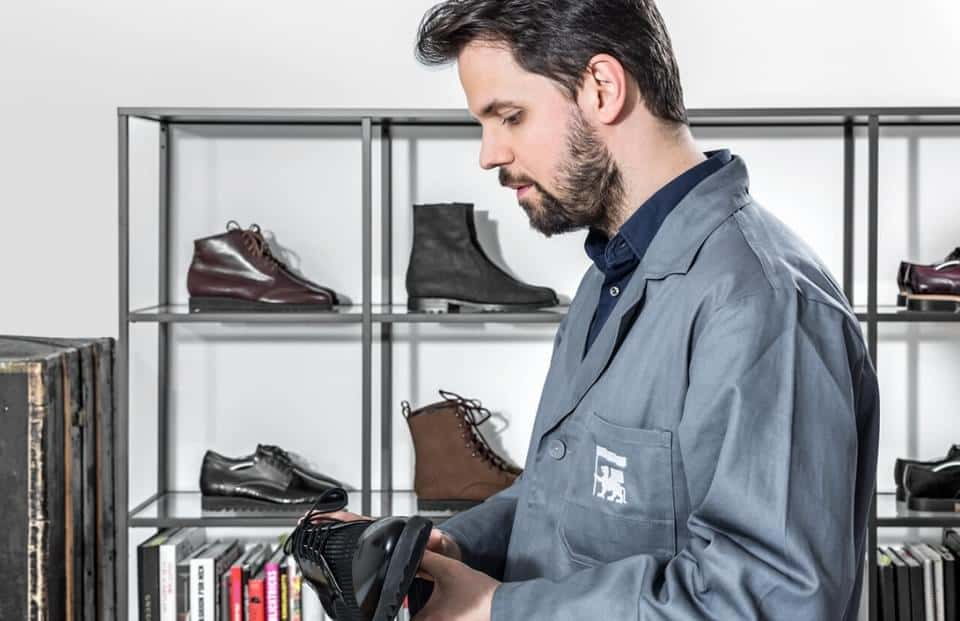
Menu
A key here is what the story is after re-packaging and re-positioning. The story should not only get the public recognition, but also present deeper emotional factors, which make the people to own it and give rise to transactions.
How to tell brand story which is simple but ready to go around has become an important issue for companies are working on transformation. Without a brand story, a brand just like a nouveau riche wearing an expensive coat with the label exposed, or museum looking impressive but lacking real treasure. When several pineapple cakes with similar packaging, size and similar taste are placed in front of you, why would you choose the one which is more expensive? If all the cakes come without packaging, can you do the same selection? I think more than 90% people cannot do this, including me, who has eaten pineapple cakes for years. There are many things in the production process of cakes, such as materials and processes, which are invisible to us, so it is necessary to turn them into a story to be told to consumers. This is the power of branding. Without a good story, I believe that the brand can not go far. Furthermore, this era is characterized by information explosion and oversupply of goods. Actually everyone can create a “brand”, and the difference is how many people know your band, how many people like your band, how many people are willing to spread your band.
An infectious brand is established through story-telling and experience.
I think a good brand story must have at least three features to be considered successful:
1. The story tells what really happened in the course of the company’s development. The story should be clearly organized, simple and understandable, viable and credible.
2. The story is told consistently in a convincing, vivid but not exaggerated way.
3. Consumers are able to perceive and experience key details in the story through practice and long-term commitment of the company.
Firstly, tell a story the audience can immediately memorize instantly. How to highlight our efforts, difference, connotations, and vision constitutes the blueprint of the story. A simple measure to test the story is whether you are comfortable with the story and eager to spread it, whether your employees have the same feeling and tell it to more consumers, and develop it as a routine. As the first line of customers, employees are the first come to contact with the story. To do this, the enterprise will have stronger centripetal force to retain employees and improve operating efficiency, and naturally develop its corporate culture, which further boosts the brand story’s persuasiveness.
Secondly, to be convincing and ready for spread, the story should have vitality and emotion in it. You may add actual experience in the message being delivered. In the example of pineapple cakes above, you can mention how you find the best fruits in the field in person, how many manual processes are performed in making the cakes, and how much time is spent in baking. The message is we have done all these things for you. Another example is M&Ms chocolates. They tell a story about their growing of cocoa beans in
Keep telling. Consumers are forgetful, but smart in details. They can easily identify any inconsistency between what you said and what you are saying. Keep telling a story in a consistent manner at different times. You may mention parts of the story, which follow the same core. All other elements support this core, and consumers are reminded of the story frequently. Finally, it becomes a topic of daily conversations.
The last is the actual experience. More and more enterprises begin telling their stories. Consumers will soon get bored with the stories, good or bad, because what they hear does not necessarily mean the truth and only what is experienced leaves lasting impressions. This is the role of many tourism factories today. In fact, many physical stores can serve this role to be experience facilities. Of cause, some standard processes should be in place, for example, for hand-making of soaps. We do not only serve the customers in the store, but also hope they would share their exciting experience, rather than negative comments, with their friends and relatives.
Remember:
no pain no gain.
It could be a long process from creation to transmission of a brand story. The Internet perhaps could speed up the process to some extent. Refrain from manipulating the spread. A good story implies persistence which comes from long time existence and operation. Like so-called ancient techniques, do not hurry. It is necessary to provide guidance to consumers, so integrated marketing planning and implementation is also essential, otherwise you are just talking to yourself.



Nowadays, the development of cultural and creative industries attracts attention of everyone. All companies, whether family-owned small enterprises or listed companies, are beginning to advocate a new concept, the so-called tourism factories, through ...
Understanding of Brands
Tell a Brand Story Like This





